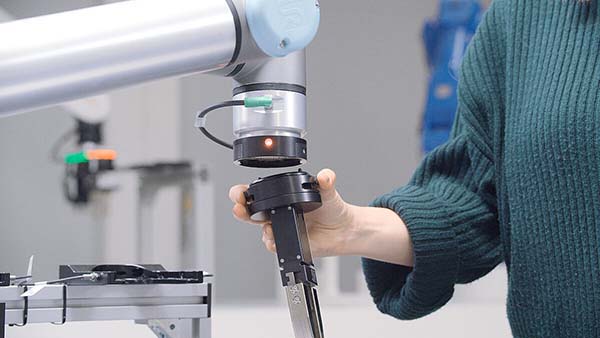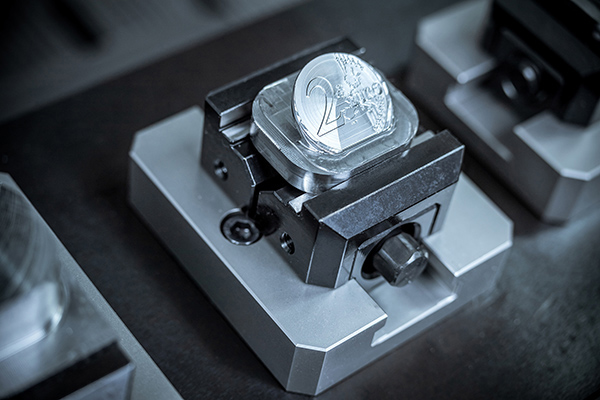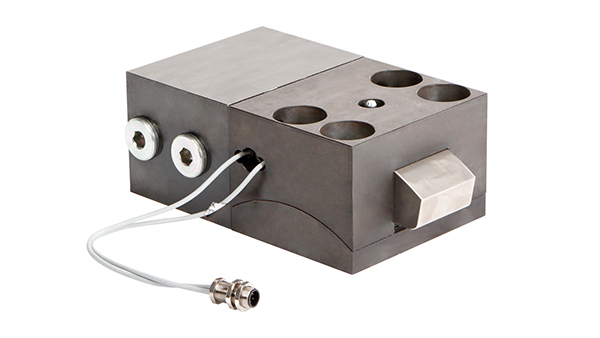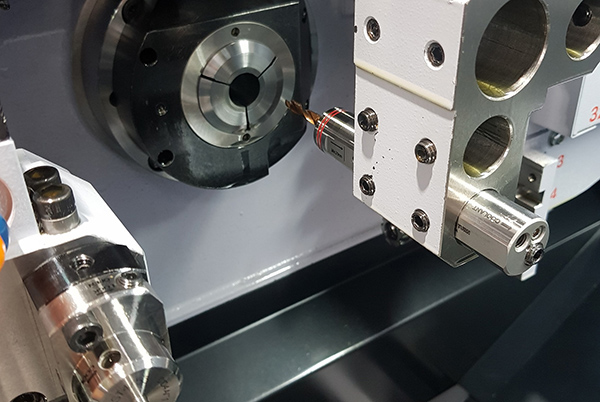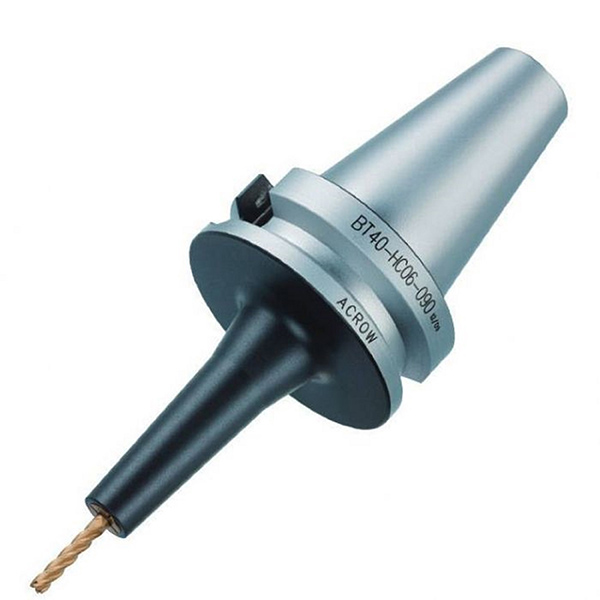
The new Match gripper ecosystem available from Zimmer Group enables robots to utilise multiple gripper types and end effectors, further enhancing the capability and functionality of these already flexible systems. Targeted at lightweight industrial and collaborative robots, the proprietary platform is the result of a joint project between Zimmer Group and J Schmalz GmbH that combines gripping technology expertise.
This gripper change system can be operated either automatically, with the robot releasing and collecting different grippers or end effectors to and from a docking station, or manually with just one hand in just a few seconds using simple click-to-remove functionality. The system is compatible with pneumatically or electrically operated grippers which utilise either vacuum or mechanical gripping principles.
Zimmer’s quick-change system incorporates the mechanical interface together with pneumatic and electrical connections. These options make it possible for the system to be used by many different robot types and a wide variety of end effectors. For electrically operated grippers, the quick-change system is capable of hot-swapping, changing grippers during live operation with the integrated pin array transmitting both the load and signal currents. For pneumatic/vacuum-based grippers, four internal and two lateral channels supply the gripper systems with compressed air or vacuum pressure.
The design, combined with high levels of manufacturing quality, guarantees a long service life greater than 100,000 cycles. Notably, the position and orientation of the fixed and interchangeable elements of the system are clearly defined in use, eliminating the potential for misalignment of the two halves. The flexibility of the system gives the user access to a wide range of applications, whether they are with mobile robots, collaborative robots or other types of automation.
For further information
www.zimmer-group.com






